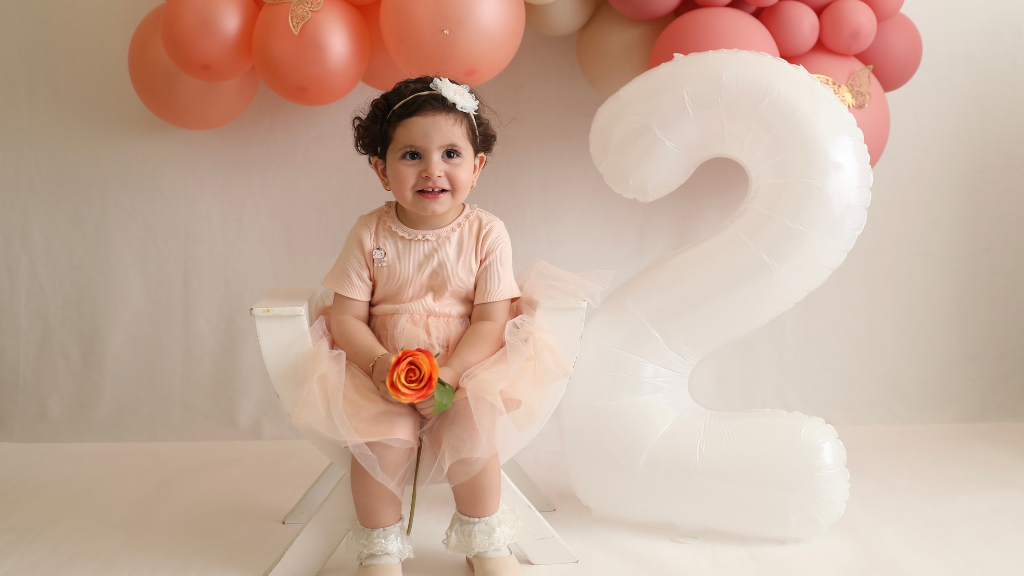What Makes a Good Toy for a 2-Year-Old?

Choosing toys for a two-year-old can feel overwhelming. This is an age of rapid growth—physically, emotionally, and cognitively. A toddler is beginning to run, climb, talk in short sentences, and show independence, all while still needing comfort and security. The right toy at this stage does more than entertain; it helps a child practise new skills, discover the world, and express imagination.
Parents and educators alike want toys that nurture curiosity and learning, but they also want something safe, durable, and meaningful. The challenge is striking the balance between fun and development.
Understanding the Needs of a 2-Year-Old
At two, children are curious explorers. They learn through touch, taste, sound, and movement. They are refining motor skills—stacking blocks, turning pages, pushing and pulling objects. They are also beginning to engage in simple pretend play, imitating adults in cooking, cleaning, or caring for dolls.
Language is emerging quickly. A two-year-old may be naming objects, pointing out colours, or repeating songs. Socially, they are beginning to interact with other children, but sharing is still difficult. Emotionally, they need reassurance while testing independence.
A good toy for this age should support all of these areas—fine and gross motor skills, early language, imagination, and emotional growth—without overwhelming the child.
What to Consider When Choosing a Toy for a 2-Year-Old
Safety First
At this stage, safety is non-negotiable. Toys should be free of small parts that could be choking hazards, made from non-toxic materials, and sturdy enough to withstand rough play. Smooth edges, easy-to-clean surfaces, and child-safe finishes are essential.
Simplicity Over Complexity
A toy for a two-year-old should be simple and intuitive. Children this age learn best when they can explore without instructions. Simple shape sorters, stackers, and push toys allow them to experiment, repeat, and master new skills at their own pace.
Opportunities for Movement
Two-year-olds are constantly on the move. Toys that invite pushing, pulling, climbing, or riding help develop gross motor skills and coordination. Movement-based toys also channel energy into healthy play.
Language and Social Development
Toys that encourage naming, singing, or role-playing can support language development. Dolls, puppets, and pretend kitchen sets invite children to imitate adults and practise social interactions.
What to Consider When Buying Any Toy
Regardless of age, there are qualities that make a toy valuable long after the first moment of excitement.
Open-Ended Play
A toy that can be used in multiple ways keeps a toddler engaged far longer than one with a single function. Blocks, nesting cups, or magnetic tiles can be stacked, poured, sorted, or turned into pretend food. Open-ended toys adapt to the child’s imagination.
Eco-Friendly and Wooden Choices
Wooden toys are durable, safe, and environmentally friendly. Their natural textures and weight appeal to toddlers, while parents appreciate their longevity. Choosing eco-friendly toys models sustainable living from the start.
Toys That Last
Quality matters. A sturdy wooden wagon, a well-made set of stacking rings, or a fabric doll can survive the toddler years and be passed on. Lasting toys also grow with the child, offering new ways to play as skills develop.
Montessori and STEM Principles
Even at two, Montessori principles are valuable. Toys that encourage independence—such as dressing frames, sorting activities, or child-sized cleaning sets—teach practical life skills. Early STEM toys, like simple building sets or puzzles, encourage problem-solving in playful ways.
Examples of Good Toys for 2-Year-Olds
Toys for toddlers should reflect their needs for movement, discovery, and simple problem-solving.
- Stacking and Sorting Toys: Wooden blocks, nesting cups, or shape sorters support motor skills and early problem-solving.
- Push and Pull Toys: Wooden wagons, toy animals on wheels, or ride-on toys strengthen coordination and balance.
- Pretend Play Sets: A small kitchen, dolls with accessories, or toy tool sets allow toddlers to imitate adult life, building social and language skills.
- Art and Sensory Toys: Large crayons, playdough, or water play tables foster creativity and tactile exploration.
- Books and Storytelling Toys: Sturdy board books, puppets, and story cubes help toddlers connect words to meaning while nurturing imagination.
Frequently Asked Questions
Are electronic toys appropriate for two-year-olds?
Simple, screen-free toys are far more effective at this age. Electronic toys can be overstimulating and often limit imagination. Toddlers benefit most from hands-on, sensory-rich experiences.
How many toys should a toddler have?
Less is more. A small number of high-quality toys allows children to focus, experiment, and play more deeply. Rotating toys in and out can keep play fresh without overwhelming the child.
Do toddlers need Montessori toys?
While not essential, Montessori-inspired toys are especially effective at this age. They support independence and concentration through simple, purposeful activities.
What about outdoor toys?
Outdoor play is vital for toddlers. Ride-on toys, sand play, and water tables give children space to move, experiment, and connect with nature.
Can a toy really help a two-year-old learn?
Absolutely. At this age, learning happens through play. Stacking blocks teaches balance and counting, while pretend play develops empathy and communication.
Helping Parents and Educators Choose Wisely
Toys are the tools through which toddlers make sense of the world. The right toy at age two can encourage movement, spark curiosity, and build the foundation for lifelong learning. By choosing toys that are open-ended, safe, eco-friendly, and built to last, parents and educators can give children opportunities to thrive while making play meaningful.
For people looking for trusted guidance, Little Makers offers a carefully curated collection of toys that empower adults to choose wisely. Each piece is thoughtfully selected to inspire creativity, encourage discovery, and stand the test of time. With toys chosen by real parents who value quality, purpose, and play that grows with the child, Little Makers helps children thrive and flourish—one toy at a time.